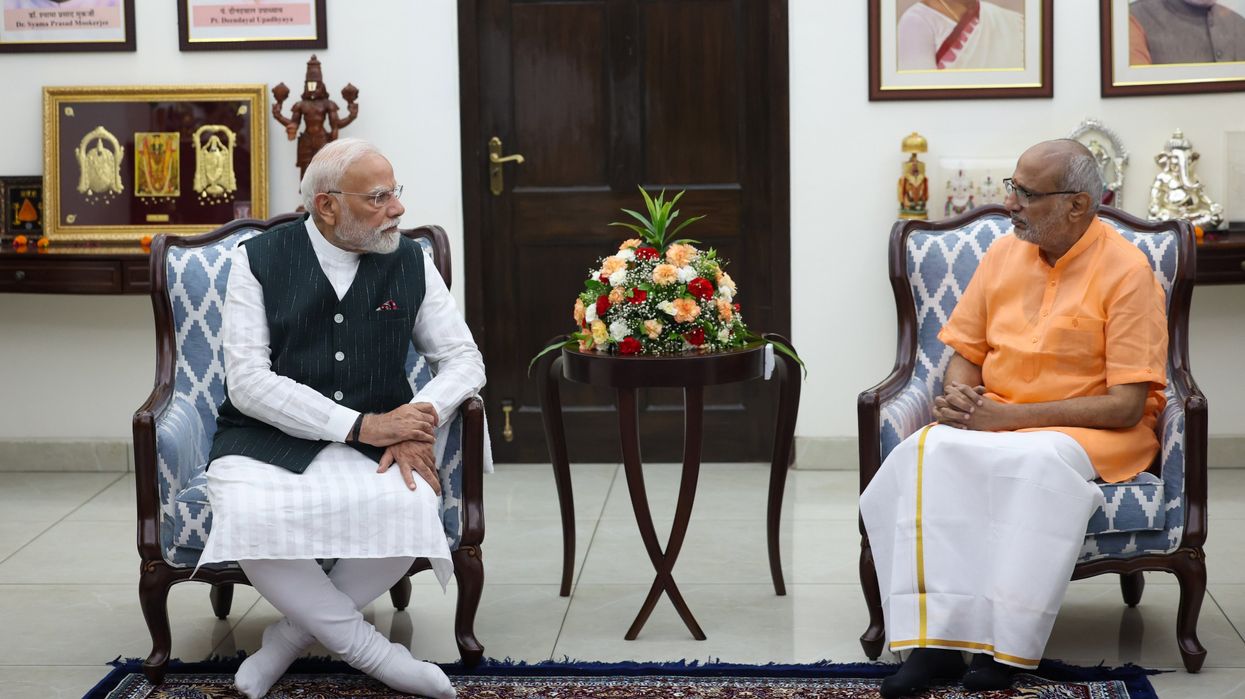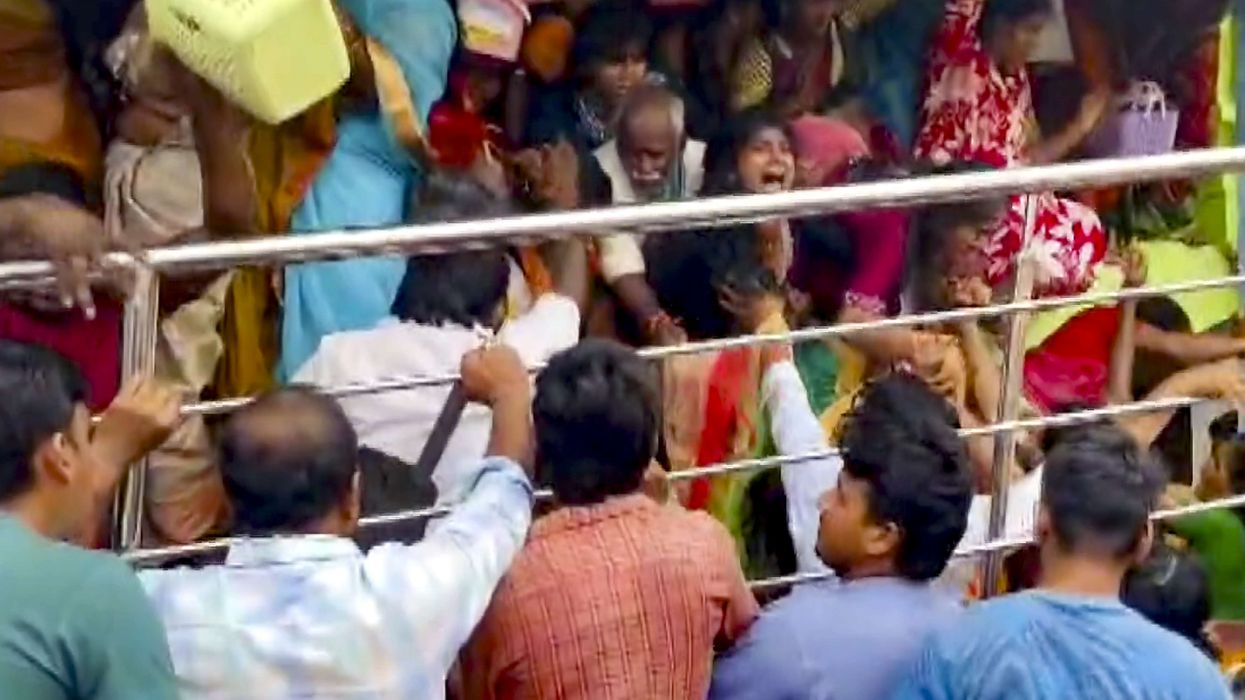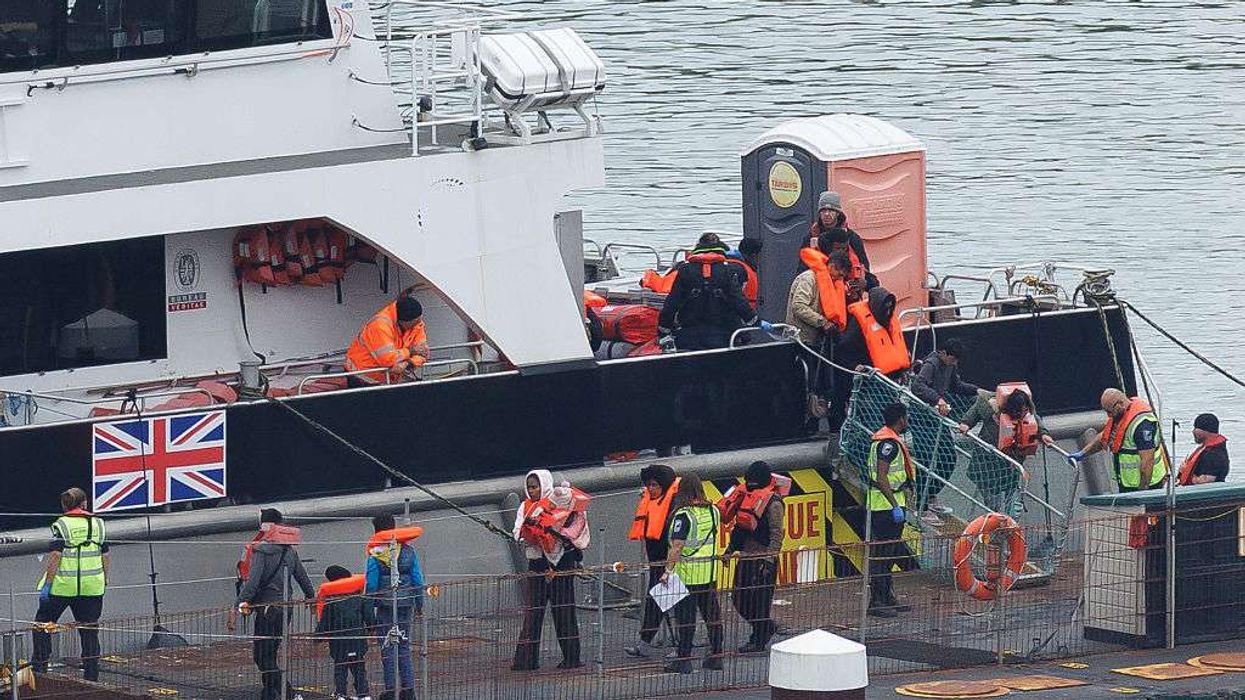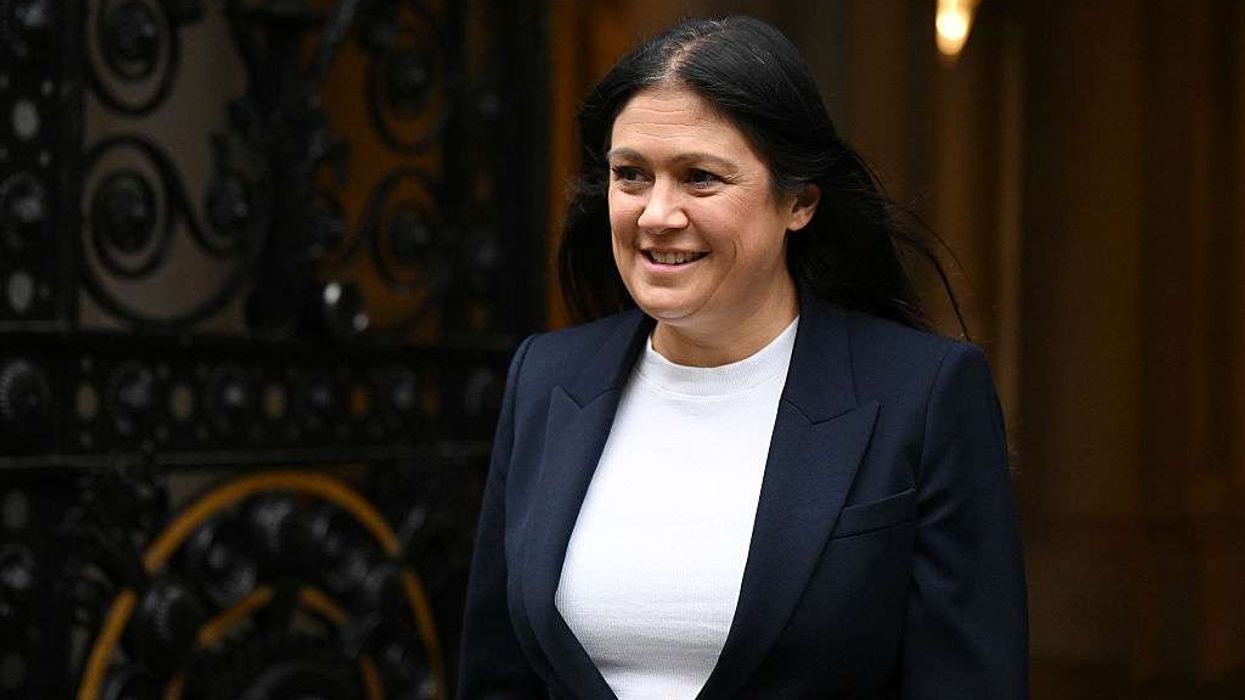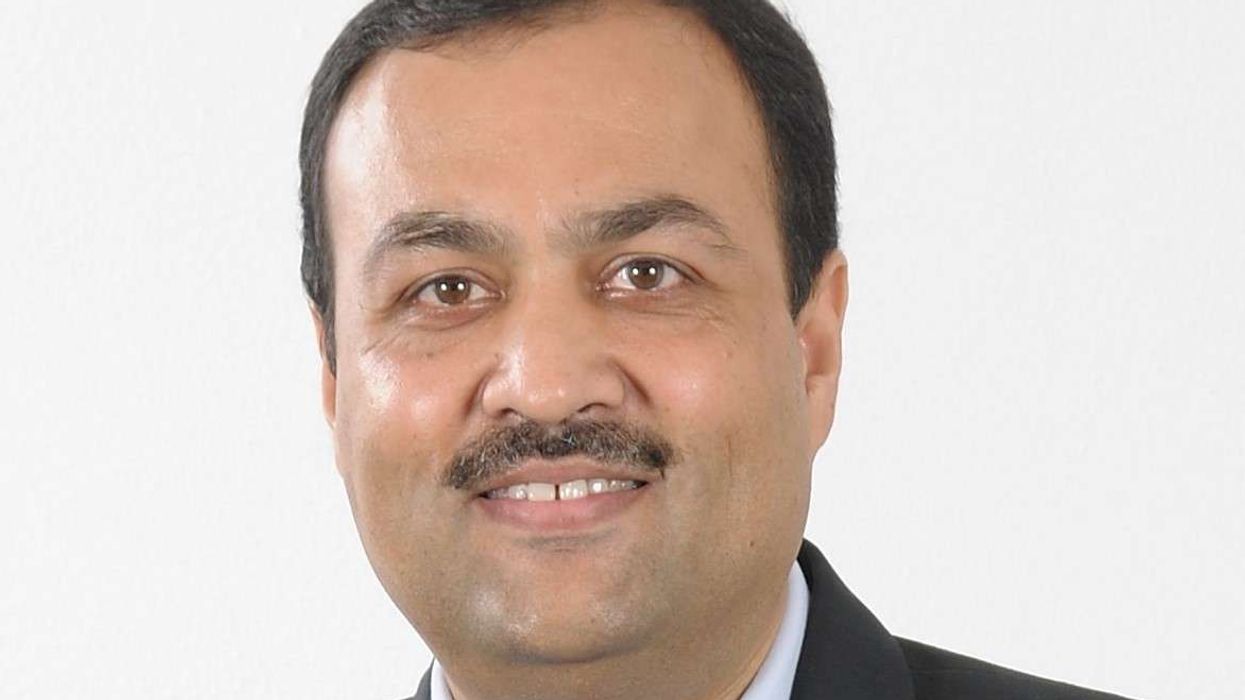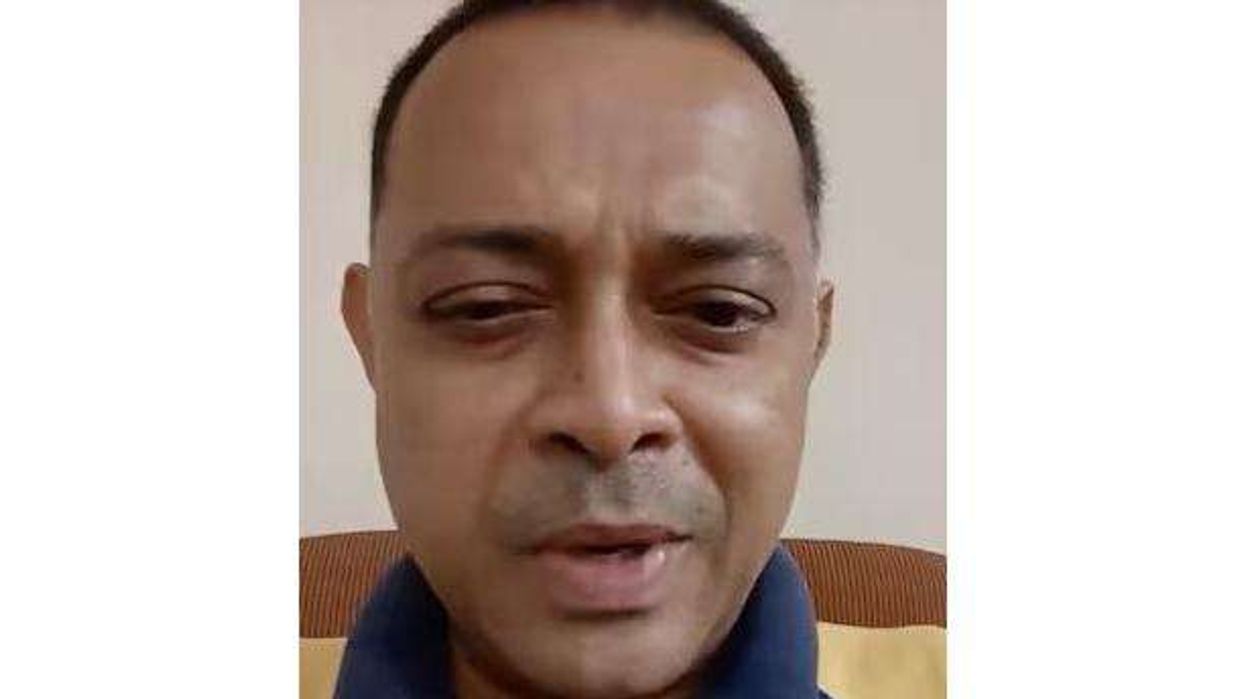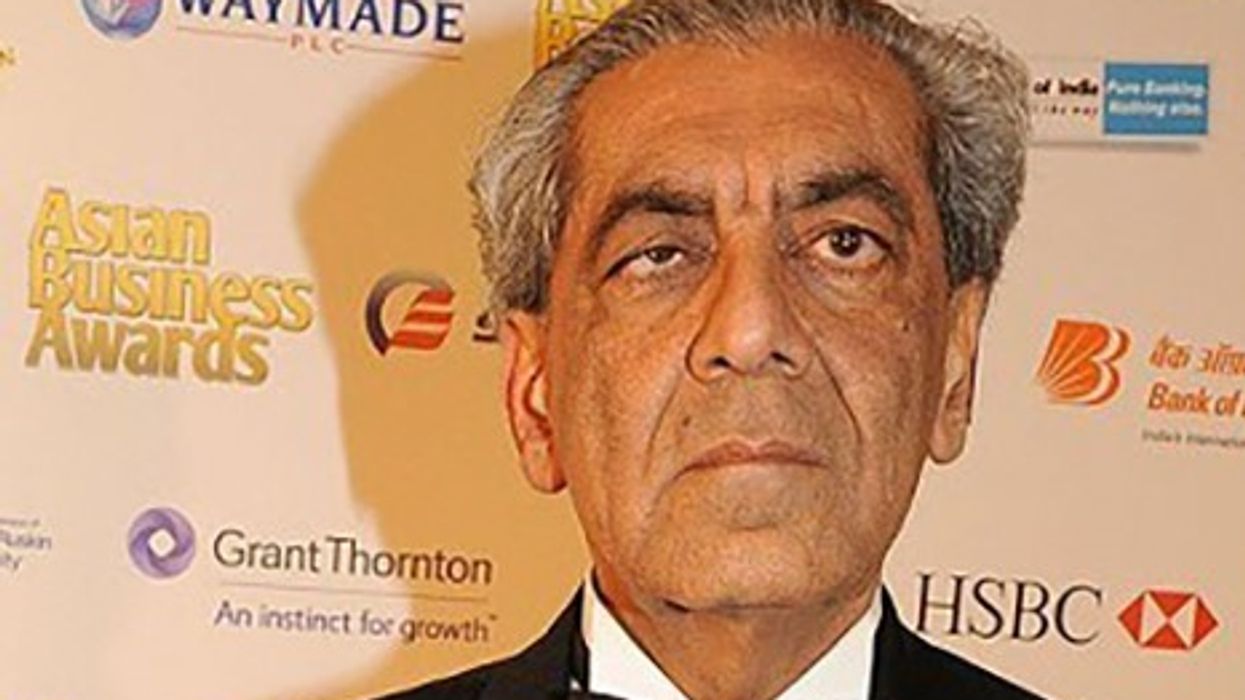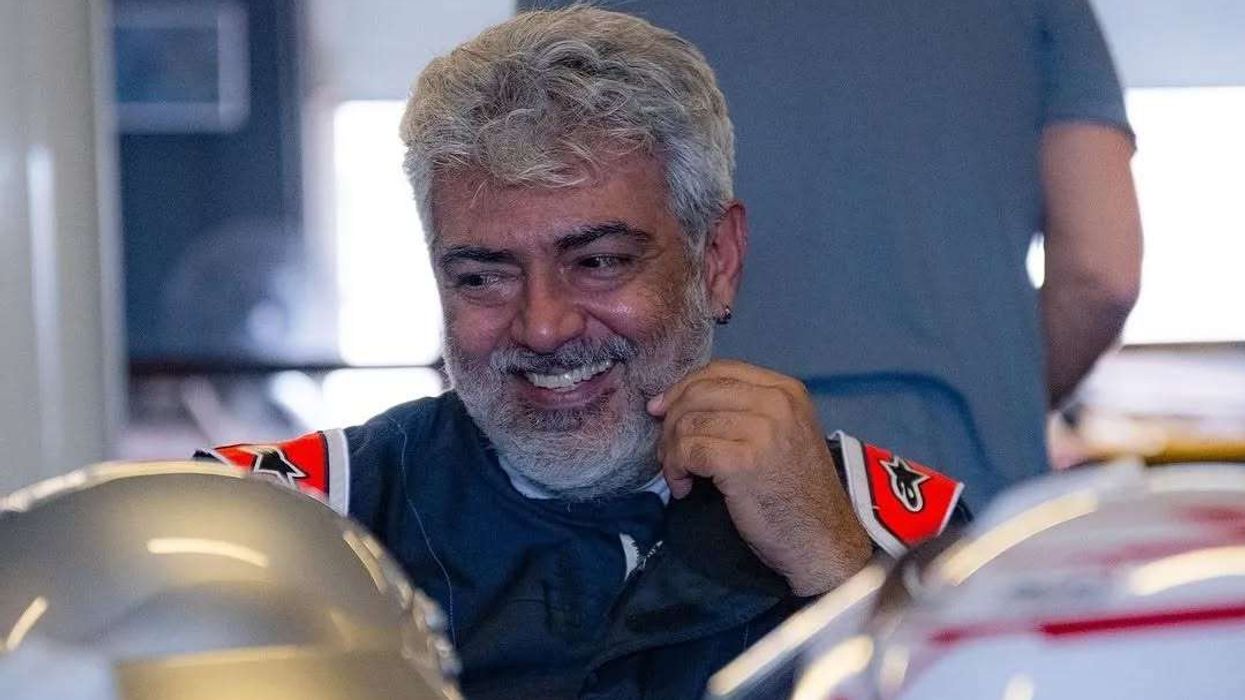INDIAN lawmakers elected CP Radhakrishnan, a former parliamentarian from Prime Minister Narendra Modi’s Bharatiya Janata Party (BJP), as the country’s new vice president on Tuesday. The election comes more than a month after the previous vice president resigned.
Jagdeep Dhankhar, whose term was to end in 2027, stepped down in July, citing health reasons.
Federal lawmakers voted in a secret ballot on Tuesday to elect the vice president, as required by the constitution.
Modi’s ruling coalition nominated Radhakrishnan, 68, who is the governor of the western state of Maharashtra, as its candidate for the post.
Radhakrishnan was widely expected to win because of the support the BJP and its allies have in parliament. He received 452 of the 752 valid preferential votes cast, according to PC Mody, secretary-general of the upper house of parliament.
Opposition parties nominated B Sudershan Reddy, a former Supreme Court judge, as their candidate. Reddy received 300 votes.
The vice president holds the second-highest constitutional office in India and serves as the chair of the upper house of parliament. The vice president also acts as president if there is a temporary vacancy.
The president and vice president are largely ceremonial posts, while executive powers remain with the prime minister and cabinet.
(With inputs from agencies)
